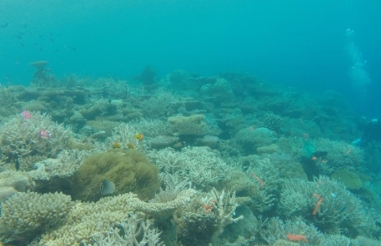Coral reefs are one of the most diverse and complex ecosystems on Earth, and their intricate structures are a marvel to explore. Geomorphology, the study of landforms and the processes that shape them, focuses on understanding the formation and evolution of coral reefs.
Formation of Coral Reefs
Coral reefs are built by tiny marine organisms called corals, which secrete calcium carbonate to form hard skeletons. Over time, these skeletons accumulate and grow into massive underwater structures. Coral reefs can form in a variety of environments, including tropical oceans, shallow waters, and even deep sea locations.
Types of Coral Reefs
There are three main types of coral reefs: fringing reefs, barrier reefs, and atolls. Fringing reefs are the most common and are found close to shorelines, while barrier reefs are separated from the mainland by a lagoon. Atolls are circular reefs that surround a central lagoon and are often formed on top of submerged volcanoes.
Complex Structures
Coral reefs are home to a wide range of organisms, including fish, sponges, and algae. The intricate structures of coral reefs provide numerous habitats for these organisms to thrive. The complex architecture of coral reefs not only supports biodiversity but also helps protect coastlines from erosion and storm damage.
Threats to Coral Reefs
Despite their importance, coral reefs are facing numerous threats, including climate change, overfishing, pollution, and habitat destruction. These factors can disrupt the delicate balance of coral reef ecosystems and lead to the decline of important species.
Conservation Efforts
Efforts are being made to protect and preserve coral reefs around the world. Conservation initiatives focus on reducing carbon emissions, implementing sustainable fishing practices, and creating marine protected areas. By understanding the intricate structures of coral reef geomorphology, researchers can develop strategies to safeguard these valuable ecosystems for future generations.
In conclusion, coral reefs are fascinating and complex ecosystems that play a crucial role in maintaining marine biodiversity. By exploring the intricate structures of coral reef geomorphology, scientists can gain valuable insights into the formation and evolution of these unique environments. It is essential that we continue to study and protect coral reefs to ensure their survival for years to come.

